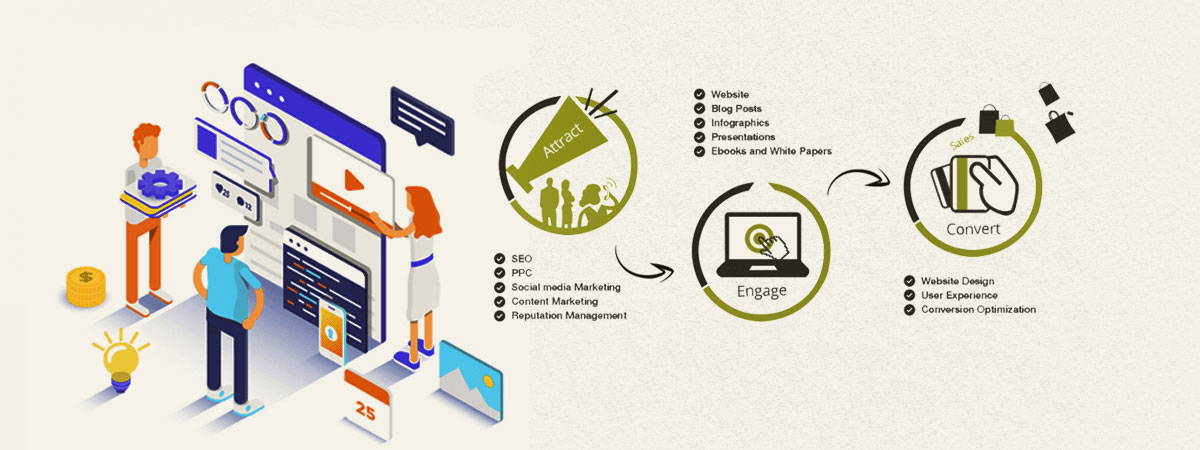Prepare Yourself To Journey Through Time And Find Just How Sites Have Actually Ended Up Being More Advanced, Easy To Use, And Aesthetically Spectacular
Prepare Yourself To Journey Through Time And Find Just How Sites Have Actually Ended Up Being More Advanced, Easy To Use, And Aesthetically Spectacular
Blog Article
Short Article Created By-Johnsen Clarke
In the past, web sites were simple and focused on information. Navigating was straight, and design was for desktop computers. Now, individual experience is vital. Information guides styles for very easy navigation. Responsive designs match various devices. Today, dark mode minimizes pressure, and minimal menus boost navigating. Interactive features engage customers, and bold visuals attract attention. AI integration boosts engagement. See how layout has actually developed to enhance your online trip.
Early Days of Website Design
In the early days of website design, simplicity reigned supreme. Sites were fundamental, with limited shades, font styles, and layouts. The focus was on offering information as opposed to flashy visuals. Individuals accessed the net with slow dial-up links, so speed and performance were essential.
Navigating menus were straightforward, typically located at the top or side of the web page. Internet sites were developed for desktop computers, as mobile surfing wasn't yet prevalent. Material was king, and designers focused on very easy readability over intricate design components.
HTML was the primary coding language made use of, and developers had to function within its restraints. Animations and interactive features were marginal compared to today's requirements. Sites were fixed, with little vibrant content or individualized customer experiences.
Rise of User-Focused Style
With the advancement of internet site design, a change towards user-focused style concepts has come to be progressively famous. Today, creating sites that prioritize individual experience is important for involving site visitors and accomplishing service objectives. User-focused design includes understanding the needs, preferences, and actions of your target market to customize the site's format, material, and includes appropriately.
Designers currently carry out comprehensive research, such as customer surveys and use testing, to collect insights and feedback straight from customers. This data-driven technique aids in producing instinctive navigation, clear calls-to-action, and aesthetically appealing user interfaces that resonate with site visitors. By putting the user at the facility of the design procedure, sites can supply a more tailored and delightful experience.
Responsive design has additionally emerged as a crucial element of user-focused style, ensuring that web sites are enhanced for different gadgets and display sizes. This adaptability enhances availability and functionality, accommodating the diverse ways individuals interact with websites today. Essentially, the surge of user-focused style represents a shift in the direction of developing digital experiences that prioritize the demands and assumptions of completion individual.
Modern Trends in Web Design
Discover the most recent fads shaping website design today. One prominent pattern is dark setting design, offering a streamlined and modern appearance while decreasing eye pressure in low-light environments. Another key fad is minimalist navigation, simplifying menus and enhancing individual experience by focusing on essential elements. Integrating micro-interactions, such as animated switches or scrolling effects, can create an extra engaging and interactive web site. Receptive style continues to be important, ensuring seamless user experiences throughout different devices. Additionally, utilizing bold typography and asymmetrical formats can include visual passion and draw attention to specific content.
Integrating AI technology, like chatbots for client assistance or personalized suggestions, improves user engagement and improves processes. Access has likewise end up being a considerable pattern, with designers focusing on inclusive style practices to accommodate diverse individual demands. Embracing sustainability by optimizing site performance for speed and efficiency is one more arising fad in web design. try this site with user comments and data analytics to iterate and boost design continually is vital for staying pertinent in the ever-evolving digital landscape. By welcoming these modern-day fads, you can develop an aesthetically attractive, straightforward web site that resonates with your audience.
Verdict
As you reflect on the advancement of website style from the early days to now, you can see how user-focused layout has come to be the driving force behind modern-day fads.
Embrace the trip of modification and adjustment in web design, always maintaining the individual experience at the center.
Tippingpointdigital
Remain present with the latest fads and innovations, and never stop developing your strategy to develop aesthetically stunning and user-friendly websites.
Develop, adapt, and develop - the future of website design remains in your hands.
